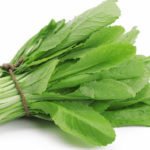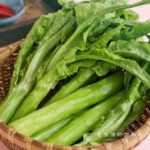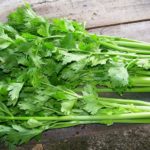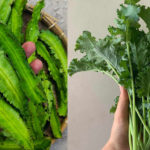Calcium is essential for the human body, it helps to keep bones and teeth strong, build muscles, and promote the proper functioning of cells and nerves. In addition to eggs, milk, fish, and meat, which are animal-based foods rich in calcium, the following vegetables also provide abundant sources of calcium, some even more than milk, and are extremely easy to grow.
1. Dragon beans
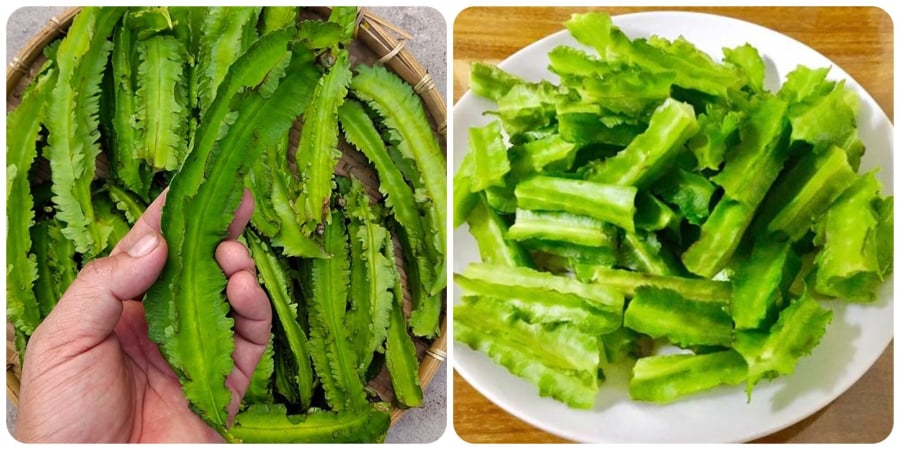
Among legumes, dragon beans have the highest calcium content. They are very beneficial in preventing osteoporosis. Dragon beans are also known as winged beans or princess beans.
According to the analysis by nutritionists, dragon beans contain about 30-37% protein and 28-31% glucose in their seeds, and 1.9-2.9% protein and 3.1-3.9% glucose in their young pods. The amino acid composition of dragon beans includes lysine, methionine, cysteine, and more. Due to these nutritional values, dragon beans are considered an affordable but nutritious crop by the FAO.
What’s special is that growing this plant is not complicated at all. Dragon beans can be propagated by cuttings or by sowing seeds. The dragon bean seeds need to be soaked and cracked before sowing. Then, the seeds are planted in rows with 2-3 seeds per hole, spaced 20-25cm apart, covered with a thin layer of soil and mulch to retain moisture for germination. After sowing, regular watering is necessary to ensure that the soil is sufficiently moist for the seeds to germinate. About 7-10 days after sowing, the dragon bean plants will sprout, growing to a height of 7-10cm. At this point, weak and stunted plants should be removed, leaving only the healthy and vigorous ones.
2. Curly kale
According to studies, curly kale contains more calcium than milk (90 grams per serving) and is also more easily absorbed than calcium in milk. Additionally, like spinach, cabbage, and bok choy, curly kale is rich in vitamin K, a key factor in bone formation. Consuming a cup of curly kale provides the same amount of calcium as a cup of milk, which helps to maintain strong bones and prevent osteoporosis.
It’s worth noting that kale requires little care as it is one of the healthiest and most disease-resistant vegetables. You just need to sow kale seeds at a depth of 5mm, cover them with loose soil, and lightly mist the soil until the seeds germinate (avoid strong watering that can displace the seeds). With ideal temperature and conditions, the seeds will begin to germinate in 5-7 days. When transplanting kale to the garden, plant them 20-25cm apart between plants and 60-70cm apart between rows. When the plants have 3 leaves, gently dig a hole for each kale plant, lightly press the soil around it, and water.
3. Watercress
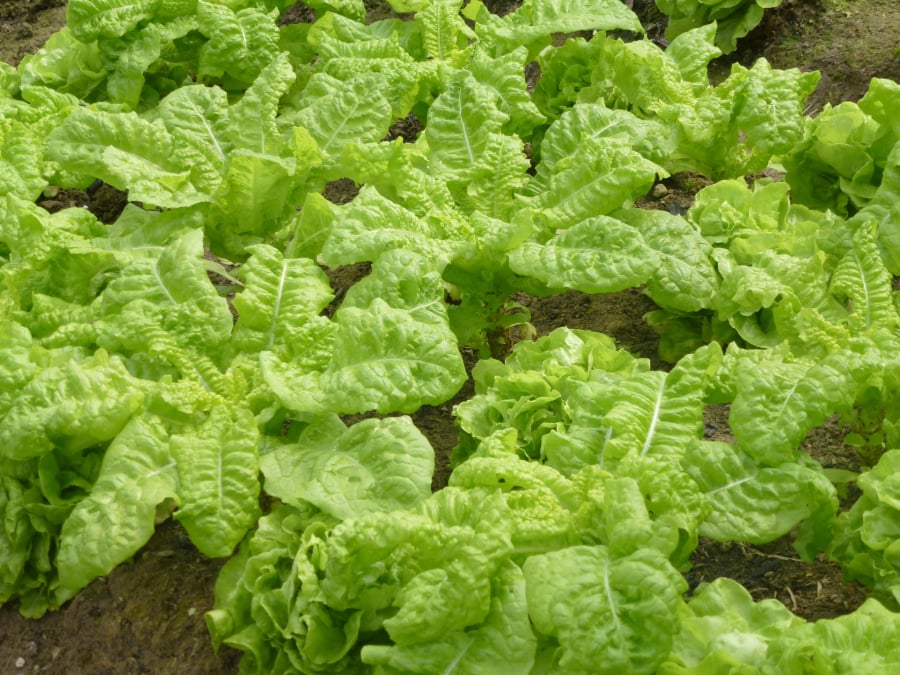
Watercress is rich in calcium, which contributes to the development and maintenance of strong bones and teeth. Additionally, watercress is rich in vitamin A, B vitamins, and minerals that promote overall health, anti-aging effects, and are beneficial for cardiovascular health. It is particularly suitable for women who want to enhance their natural beauty.
Watercress is also easy to grow, with good growth and resistance to pests. This vegetable is suitable for the winter climate of Vietnam. It is a popular winter vegetable because of its cleanliness, safety, and health benefits.
4. Celery
Celery is rich in calcium, iron, phosphorus, protein (twice as much as other vegetables), free amino acids, essential oils, mannitol, inositol, various vitamins, which promote appetite, promote blood circulation, boost the immune system, and benefit brain health. Celery also provides abundant vitamin K, calcium, and magnesium, which are essential for bone formation and joint health.
Celery also contains vitamin C, flavonoids, and beta-carotene. Research shows that this vegetable provides at least 12 antioxidant compounds. Additionally, it is a source of beneficial plant compounds that effectively reduce inflammation in the digestive system, cells, blood vessels, and other organs.
Planting celery is very easy, so you can use plastic bags, cement bags, pots, trays, or available spaces in the garden.
5. Mung bean sprouts
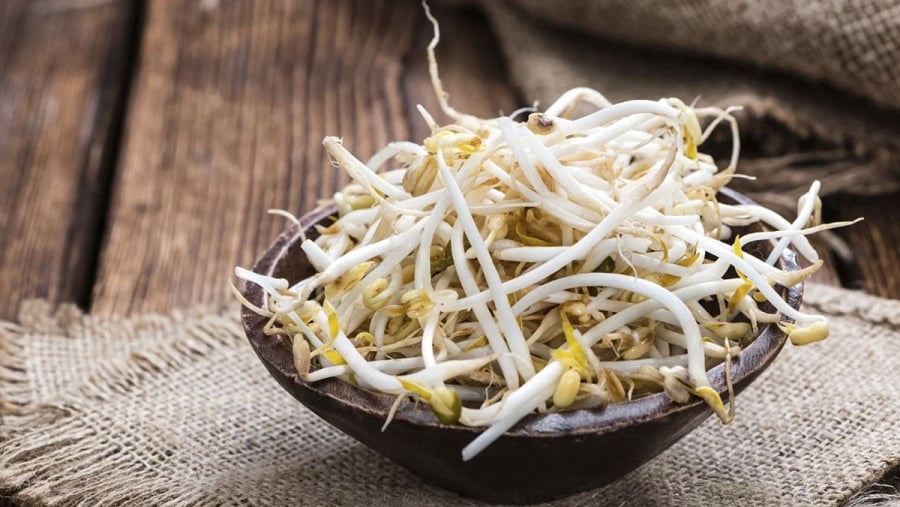
According to analysis, 100g of mung bean sprouts contains up to 38g of calcium. It is also rich in protein, carbohydrates, phosphorus, iron, vitamins B2, B2, PP, B6, C, E. Mung bean sprouts contain phytoestrogen and isoflavones, which help reduce bone loss and promote bone cell formation. Therefore, mung bean sprouts are beneficial for bone protection and preventing bone aging. In addition to its nutritional value, mung bean sprouts are easy to prepare and can be enjoyed by everyone.
6. Chinese cabbage
Chinese cabbage is among the top vegetables rich in calcium. There is about 105mg of calcium in 100g of Chinese cabbage. It also contains high levels of vitamins A, C, folic acid, iron, beta carotene, and potassium, which help to promote muscle and nerve health. Beta carotene reduces the risk of lung and colon cancer. Chinese cabbage is also easy to grow and care for.
7. Broccoli
Broccoli is rich in vitamins and minerals, especially calcium and vitamin K, two essential elements for strong bones and preventing osteoporosis. Additionally, broccoli contains fiber, protein, chromium, carbohydrates, vitamin A, C, which are beneficial for health and support weight loss. Broccoli also contains phytochemicals, antioxidants that help prevent diseases and infections. Therefore, supplementing nutritious and delicious vegetables in daily meals is highly recommended.
8. Water spinach
Water spinach is rich in calcium, vitamin C, vitamin K, phosphorus, potassium, zinc, which help to strengthen muscles, reduce bone fractures, and protect the liver. Neoxanthin in water spinach can eliminate prostate cancer cells, while beta carotene can eliminate colon cancer cells. Notably, water spinach roots and stems contain more nutrients than its leaves, so they should not be discarded when preparing dishes.

























